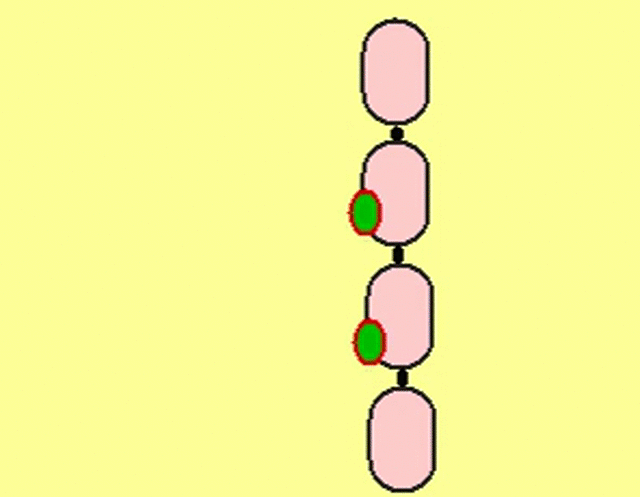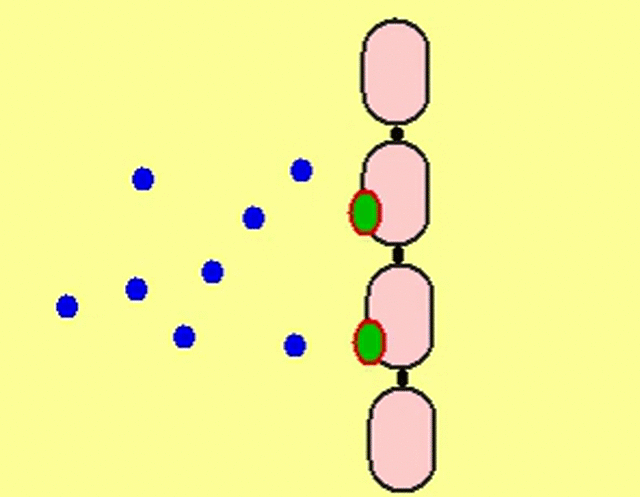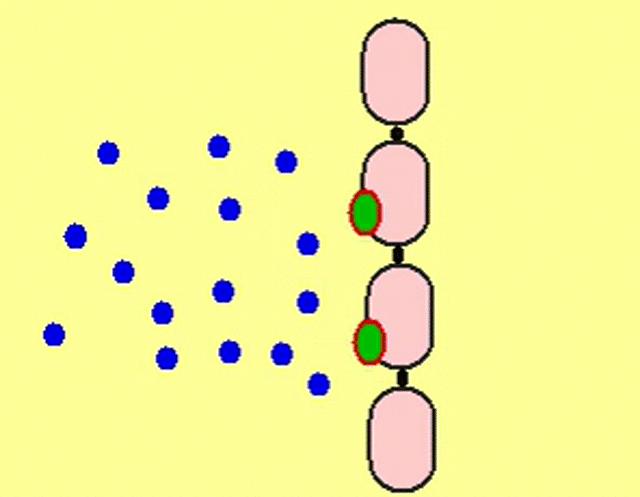In linear pharmacokinetics, the parameters that describe the absorption, distribution and elimination of the drug are constant and do not change due to the change in dose or during chronic use of the drug.
Nonlinear pharmacokinetics is observed when drug absorption, distribution and / or elimination involve enzymatic or processes that can be saturated at high drug concentration.
The pharmacokinetic behavior of drugs that undergo saturable processes is conc-dependent. At high drug conc, saturable processes follow resulting in nonlinear pharmacokinetics.
Consider drug transport across a membrane via a carrier-mediated process

At very low concentration, the rate of drug transport across the membrane is proportional to the drug concentration.

At higher drug concentration, the transport system is saturated and the rate of drug transport reaches its maximum rate.

At very high drug concentration, the rate of drug transport does not change because the transport process is saturated.



